Limestone - bad for plants?
hayleykas
10 years ago
Related Stories
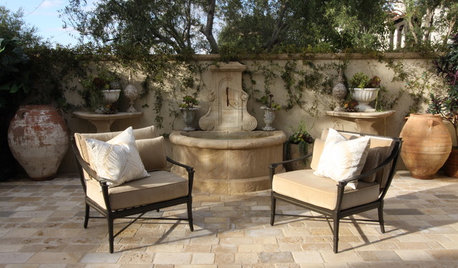
PATIOSLandscape Paving 101: How to Use Limestone for Your Patio
Limestone stands the test of time and works in both contemporary and classic landscape designs
Full Story
GARDENING GUIDESGreat Design Plant: Cephalanthus Occidentalis
Buttonbush is an adaptable woody shrub with delightful pincushion flowers
Full Story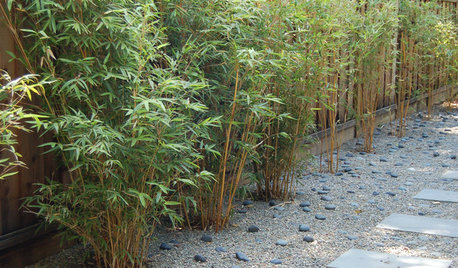
GARDENING GUIDESGreat Design Plant: Alphonse Karr Bamboo
Bamboo gets a bad rap in the garden, but this clumping variety creates an exotic landscape look with less aggressiveness
Full Story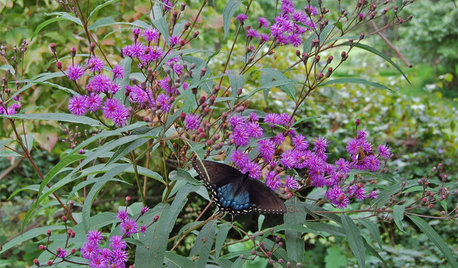
GARDENING GUIDESGreat Design Plant: Vernonia Noveboracensis
Stately New York ironweed attracts pollinators with its blooms at the end of summer and birds with its seeds in fall
Full Story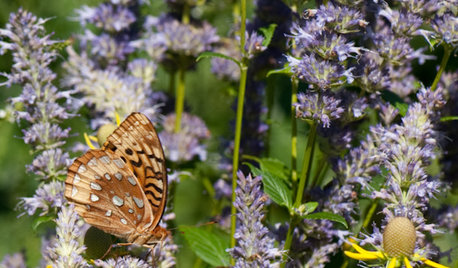
GARDENING GUIDESGreat Design Plant: Anise Hyssop Delights Licorice Lovers
With its distinct scent and flower spikes, drought-tolerant Agastache foeniculum stirs interest among humans and winged creatures alike
Full Story
GARDENING GUIDESWhat's Wrong With My Plant? Leaves Often Hold the Clues
Learn how to identify common plant ailments by reading their leaves
Full Story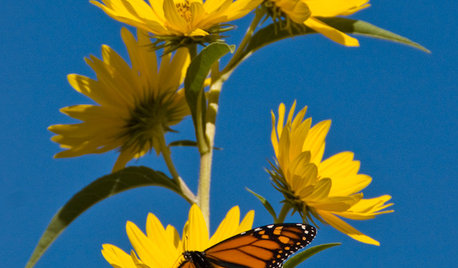
GARDENING GUIDESGreat Design Plant: Helianthus Maximiliani Attracts Beneficial Insects
Maximilian sunflower’s striking yellow flowers light up the fall landscape and attract pollinators and beneficial insects at a crucial time
Full Story
GARDENING GUIDESInvite Mining Bees to Your Garden by Planting Their Favorite Plants
Look for mining bees (Andrena) pollinating woodland wildflowers in U.S. gardens this spring
Full Story
GROUND COVERSNative Alternatives to English Ivy, Japanese Pachysandra and Periwinkle
These shade-loving ground covers are good for the environment and say something about where you are
Full Story
GARDENING AND LANDSCAPINGBid Bad Garden Bugs Goodbye and Usher In the Good
Give ants their marching orders and send mosquitoes moseying, while creating a garden that draws pollinators and helpful eaters
Full StoryMore Discussions









brodyjames_gw
tapla (mid-Michigan, USDA z5b-6a)
Related Professionals
West Milford Landscape Architects & Landscape Designers · Cottonwood Landscape Architects & Landscape Designers · Norton Shores Landscape Architects & Landscape Designers · Towson Landscape Architects & Landscape Designers · Wareham Landscape Architects & Landscape Designers · Burlington Landscape Contractors · Bloomington Landscape Contractors · Cedar Hill Landscape Contractors · Fairfield Landscape Contractors · Fort Payne Landscape Contractors · Golden Gate Landscape Contractors · Middletown Landscape Contractors · Nashua Landscape Contractors · Oak Forest Landscape Contractors · Woodland Landscape Contractors